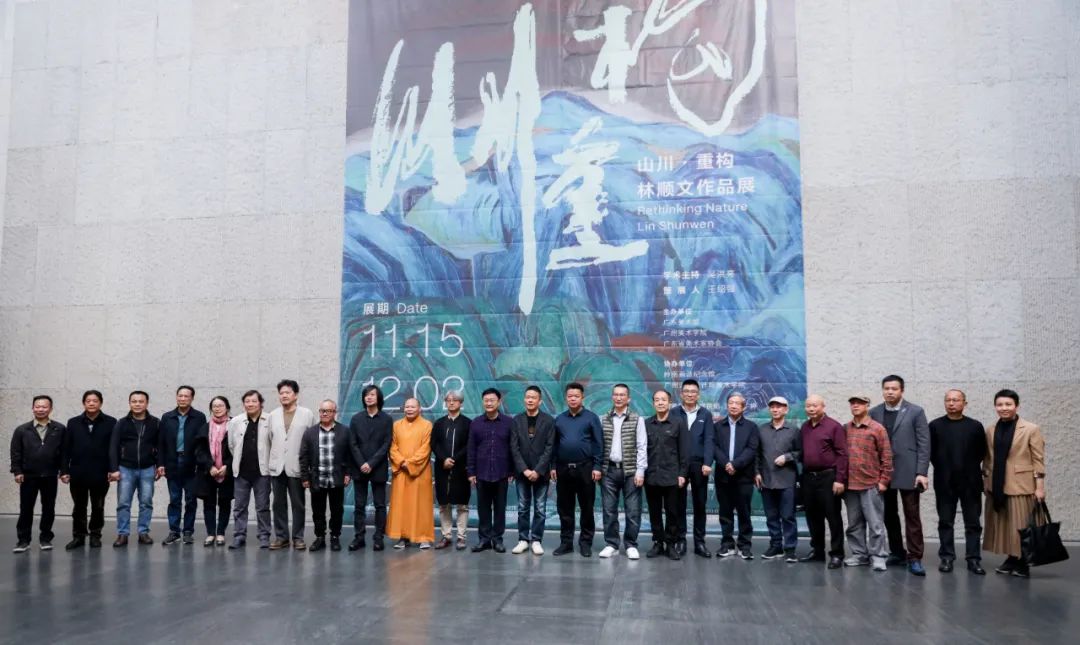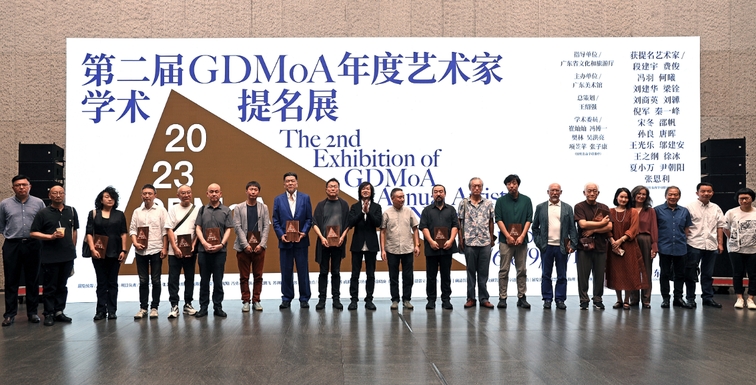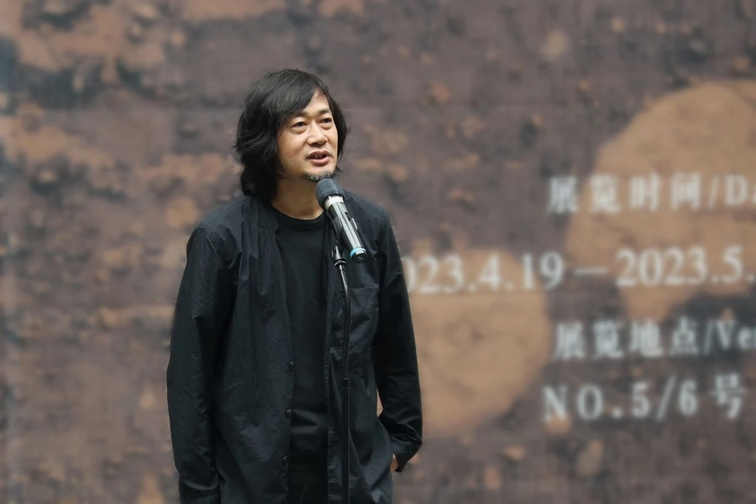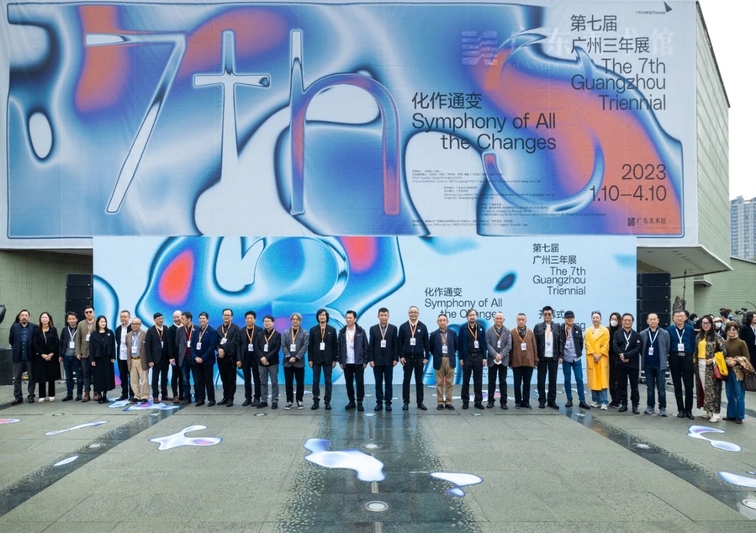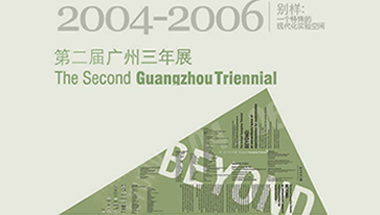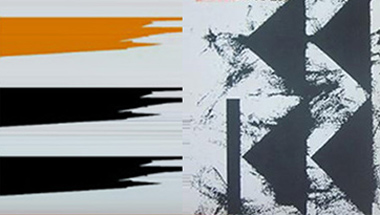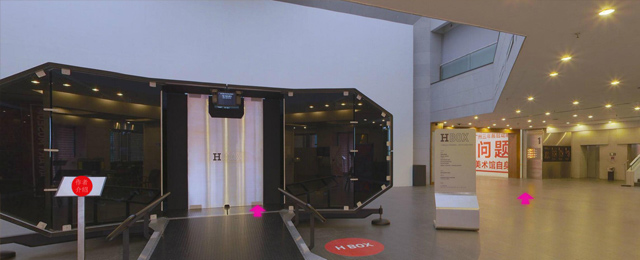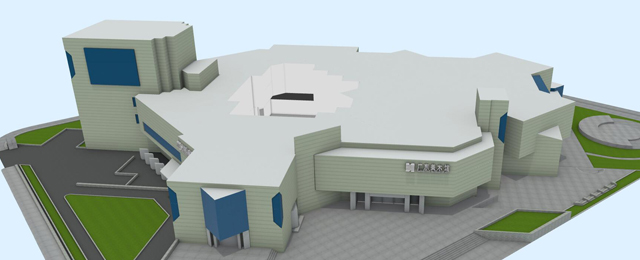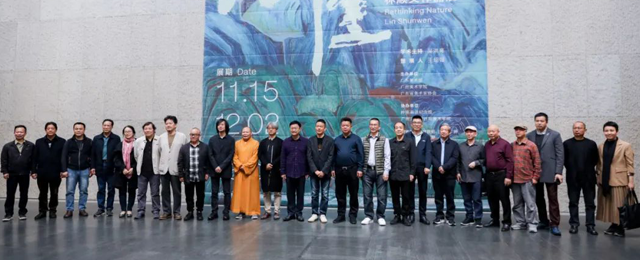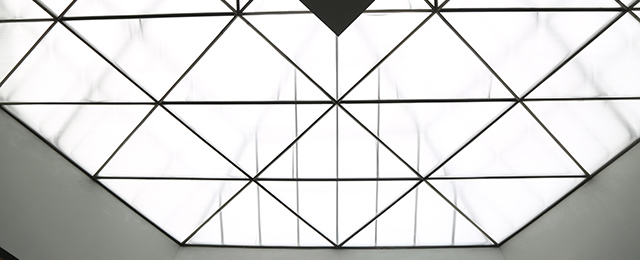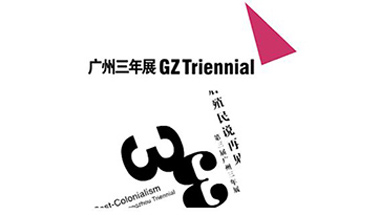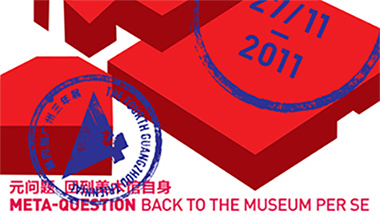战争与奇想——弗朗西斯科•戈雅的版画世界
录入时间: 2013-10-30
战争与奇想——弗朗西斯科•戈雅的版画世界
汪 瑞
从长于幻梦的格列柯到惯于描绘私密空间的委拉斯贵兹,西班牙美学风格在自16世纪伊始的黄金年代里得到肯定与确认。但随后的两个半世纪,再无一人能担当起承载整个西班牙艺术使命之重任。直到18世纪出现了无可争议的伟大画家戈雅,才能在充分尊重传统的基础上得以彻底超越其前辈,成为西班牙乃至整个欧洲当之无愧的新一代艺术偶像。所以西方美术史学家才会高度赞誉他说,“近代的欧洲绘画,是从戈雅开始的”。
18世纪中叶的西班牙,正处于艺术风格的转型期,当时格列柯和委拉斯贵兹等大师的精神仍引领着西班牙艺术界。格列柯强烈的暗示性和表现主义手法是对西班牙特有的地域与宗教氛围的精神响应,委拉斯贵兹则以卓越的洞察力和严谨的造型给西班牙绘画树立了现实主义的最高尊严。两条并行交错的线推动着西班牙艺术向前发展。戈雅,成为集合前辈优秀传统于一身的人。一方面,他继承了西班牙基底深厚的现实主义绘画传统,另一方面,与无数西班牙天才一样,戈雅的个性决定了他终究成为一个传统的异数。
戈雅一生都是一位成功的宫廷画家。然而,戈雅身处的那个时代,是西班牙政治上极为动荡的年代。目睹着残酷现实的戈雅感同身受,迸发出空前的批判现实主义精神。戈雅理性思考的最大体现,不是他的油画,而是他的版画作品,其中尤以《奇想集》和《战争的灾难》最为著名。由80幅版画构成的《奇想集》(Capriccio)是一部描绘西班牙社会的风情画卷。“Capriccio”原本是意大利文,有幻想的意思。经过戈雅的诠释,表达出一种对现实进行扭曲的意思。《奇想集》中的作品来源于写生或印象中的画面,戈雅继承了前辈里贝拉等人的版画传统,用瞬间攫取的动作与光影技巧制造出即时性的视觉效果。创作这一系列作品时,戈雅已经失聪,但这也使他能够更加敏锐地洞察现实与内心世界。为了召告世界,戈雅用充满怪诞与恐怖的符号,创造出一种新的艺术语言:简洁、尖锐,但又不乏西班牙式的黑色幽默与讽刺。有人认为戈雅对世间的事物已不再抱有希望,这其实是一种误解。与之相反,戈雅是一个理性主义者,他想通过对世界的怪诞、堕落现象的批判,使社会与世界回归理性,重塑世间的道德。
《奇想集》于1799年开始出版。作品被视为对西班牙社会的公然挑战,宗教审判所要求其停止销售。与此同时,西班牙又陷入新的政治危机。1807年拿破仑入侵西班牙,民众制造了一系列骚乱,就如戈雅著名的作品“5月2号的起义”和“5月3日的剪影”所现。 目睹战争悲剧之后,戈雅又创作了另一部版画集——《战争的灾难》。战场上的死亡场景,被枪杀的堆积如山的尸体,战争所导致的饥荒等等,构成残酷战争的系列画面。在英雄主义的粉饰与最直接的视觉呈现之间,戈雅选择了后者,他用战地记者一样敏感而尖锐的眼光描绘出一个被战争所摧毁的国家惨状。《战争的灾难》系列从“为即将发生之事而悲哀”这一幅作品开始,在这幅画中,一个男子被暗色的背景所包围,张开双臂,双眼无助地仰望上天。戈雅通过对夜色的隐喻,暗色调的使用,表现出绝望与人世间的混乱。通过这组作品,戈雅想告诉世人,在社会力量与历史面前,人随时会沦为受害者或施暴者。改革和自由的倡导者,有时会变成暴力的侵略者,而那些抵抗者的行为,往往又违反了人们的道德准则。
在西班牙黄金时代行将结束的18、19世纪,戈雅重新建立起模拟自然与展现绘画现实两个看似对立的真实,并到达了艺术的顶峰。他对视觉形象表达的直接与尖锐,对即时性与出人意外手法的娴熟运用,以及对传统历史画技巧的颠覆,都具有巨大的启示意义。而其作品中的道德性、美学性和主题把握的敏锐性,即便在今天也不失其现实价值。战争与幻想,奇情与理性,是戈雅留给世人的另一个超越现实的艺术世界。
The War and Capriccio
Etching Series of Francesco Goya
Wang Rui
From El Greco who is good at depicting fantasies to Diego Velasquez who is famous for describing intimate spaces, the Spanish aesthetics were accepted and recognized in the Golden Age beginning from the 16th century. But in the successive two and a half centuries, there was not any one who could bear the weight of the mission of revitalizing Spanish art till the appearance of the great and undisputable maestro Goya in the 18th century, who has surpassed his ancestors with full respect to the traditional values. There is no doubt that he became the icon of the new generation in the artistic scenery in Spain and even in Europe. Western art historians highly praise him in this way: The modern European art begins from Goya.
In the middle of 18th Century, Spanish artistic styles were in the transition period. At that time, El Greco and Diego Velasquez’s spirit was leading the art sector of Spain. El Greco was the key figure of mannerism and Spanish Renaissance movement, and his works were corresponding spiritually the particular geographic regions and religious atmosphere in Spain, while Diego Velasquez has established a realistic road with the highest dignity with his outstanding insight and rigorous plastic. Two parallel lines pushed forward the development of Spanish art. Goya has became maestro with the heritage of his ancestors’ artistic values. On one hand he has inherited the solid founded realistic panting in Spain, on the other hand, like all the Spanish art talents, his personality determined that he was an exception in the tradition.
In his whole life, Goya has a long and successful career as a court painter. But during his time, Spain was experiencing some most turmoil days. The self confidence in Goya’s composition had been the mental foundation for composition. However, it is not his oil paintings but his prints, particularly Capriccio and the War which can best embody his rational thinking. Consisting of 80 etchings, Capriccio was the scroll painting depicting the Spanish social and amorous feelings. With the original meaning of illusion, the word “Capriccio” comes from the Italian. After being interpreted by Goya, the word is used to express the distortion of reality. At the beginning, the works in Capriccio were pantings from life or impression. Goya carried forward the woodcut skill tradition of his predecessors, creating a strong visual effect by the movement and shadows captured instantly. During composing these works, Goya had been caught by deafness, which, however, enabled him to have an exquisitely insight into the reality and his own inner heart. In order to inform people of the above perspective, with weird and frightening symbols, not only did Goya created a new artistic language which is feathered with conciseness, clarity and keenness, but his works never lack of Spanish black humors and satires. Some people think that Goya had been hopeless for everything in the world, which turned out to be a misunderstanding of Goya. In the contrary, Goya was a rationalist, who tried to bring the rationality back to the world by criticizing its weirdness and degeneration, thus remolding the mundane morals.
Published in 1799, the Capriccio was regarded as a challenge to Spanish society so that it earned a threat from the church to demand for ceasing the sales. Meanwhile, Spain fell into new political crisis because of the Napoleon’s intrusion in 1807. The public made a series of turbulence which was just like what was depicted in the works of Goya-----”the Uprising on the 2nd May” and “the Sketch of 3rd May”. After witnessing the violence and the tragic war, Goya created another collection of woodcut-----”the disasters of wars.The death scenes at war----the shot dead bodies piled up like mountains and the famine caused by war all contributed the painting of the ruthless wars. Between the whitewash of heroism and the direct visual presentation, Goya chose the latter, displaying a country destroyed by war with susceptive and acuity insight like a war correspondent. The collection began with the works “given for the next” in which a man was surrounded by dark-colored background, with his arms stretched and hopeless eyes looking up to the sky. Through the metaphor of darkness and the usage of dark color, Goya had successfully shown the despair and chaos of the world. Through the collection, Goya tried to tell people that they may become victims or injurers at any time before the social forces and history.
The advocates of reforms and freedom might be turned into violent invaders, while behaviors of resistant may turn out to be those violating human morals.
In the 18th and 19th centry, Spain was approaching the end of its Golden Age, Goya rebuilt the two seemingly contrary truth, imitating the nature and presenting the reality, and reached the peak of art. His directly and incisively presenting the visual figures, skillful technique in instantaneity and the unexpected as well as the subverting the traditional historical painting skills were great illuminations. Moreover, in his work, the morality, aesthetic and the expressive acuity of the subject were so far sighted that they still have profound significance even today. Wars and illusion, sensation and rationality, given by Goya was an art world exceeding the reality.
开放时间:每周二至周日9:00-17:00(逢周一闭馆)
每日16:30停止入场
地址:广东省广州市越秀区二沙岛烟雨路38号
咨询电话:020-87351468
预约观展:
-
广州影像三年展2025即将启幕,本次展览以“感知生态学”为主题,探索数字时代...


